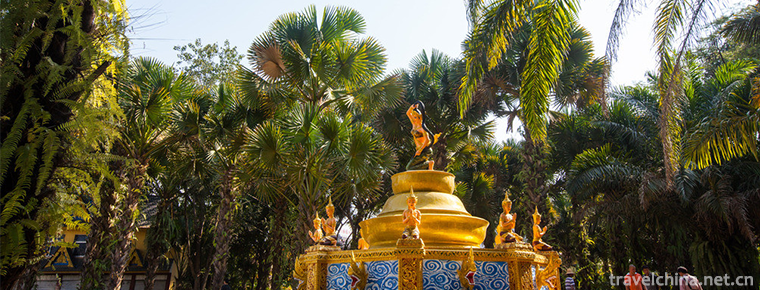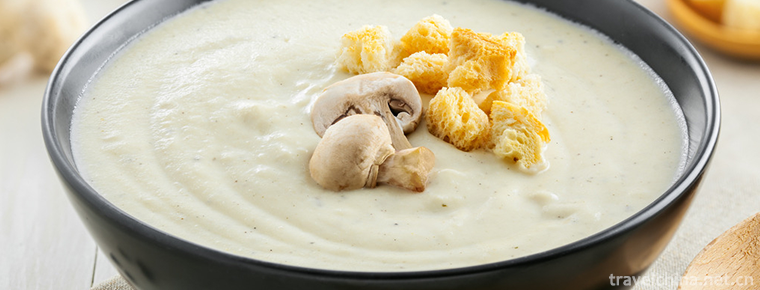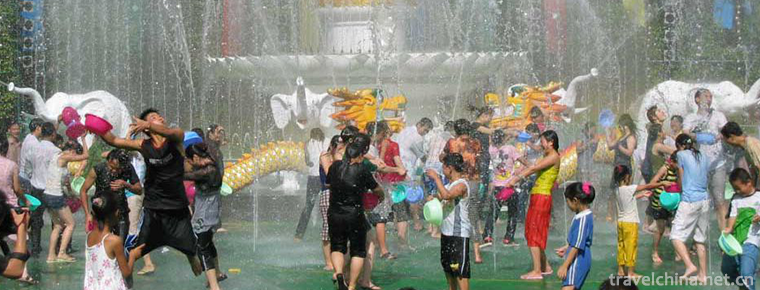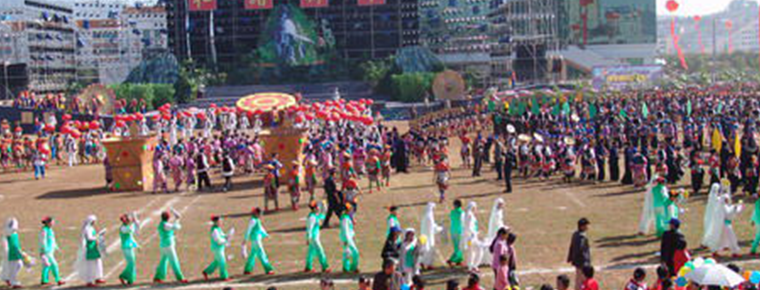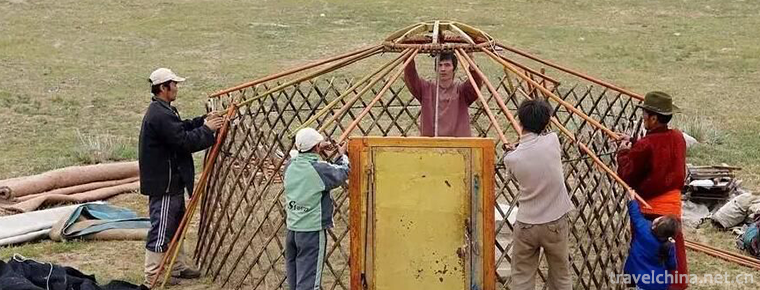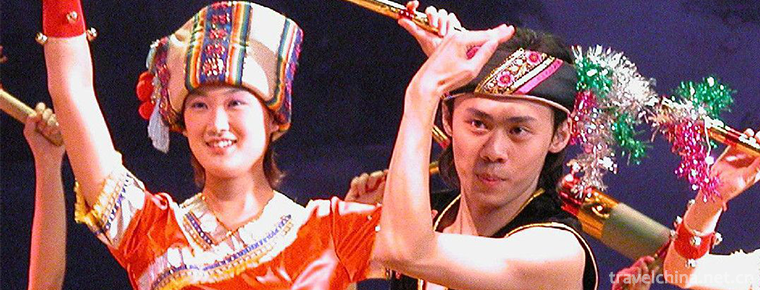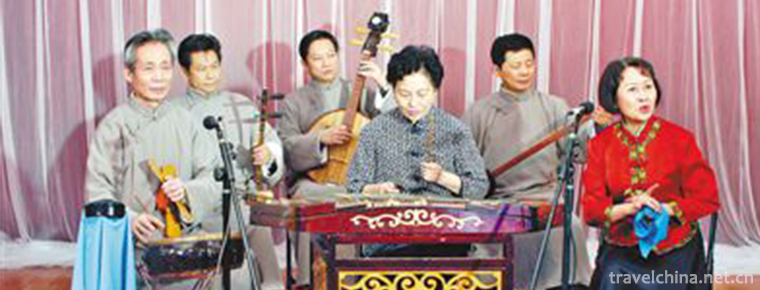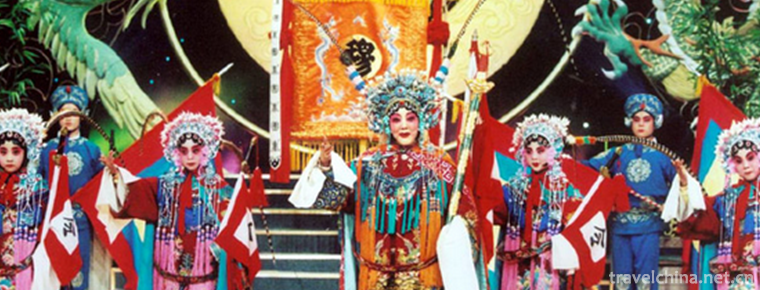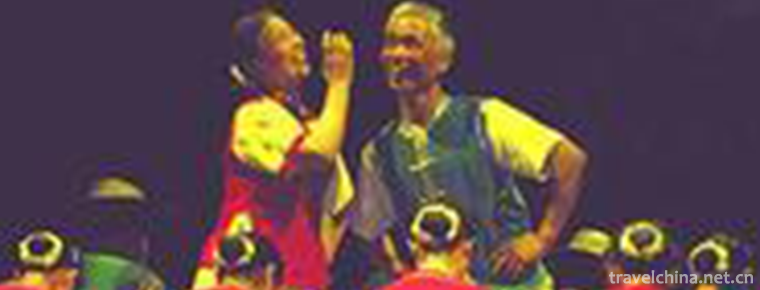The changing style of Cheongsam
The changing style of Cheongsam
After a hundred years of evolution, with the change of people's life style and aesthetic taste, cheongsam has developed a variety of styles, which makes people dazzled. In the golden age of the development of Cheongsam in the 1930s and 1940s, the styles of cheongsam changed a lot and were very rich. Cheongsam's lapel, collar, sleeve, skirt and other parts of the style is different: the lapel has round, square, long lapel, etc.; has Shanghai collar, Yuanbao collar, low collar, etc.; sleeves have long sleeves, short sleeves, pull up sleeves, floral sleeves, and trumpet shaped inverted sleeves, which are inlaid, embroidered, rolled and swung in various patterns on the cuff, which is very unique; besides the length of the skirt, it also adds fishtail and wavy skirt Style.
Collar undulation
The collar style of Chinese cheongsam has experienced the changes of cross collar, rectangular collar, straight collar, pan collar, round collar and standing collar. The collar pattern of cheongsam is various, and the collar height is first high and then low. At the end of the 19th century and the beginning of the 20th century, the fashion of "Yuanbao collar" became popular. The collar height could reach under the palate, then to the ear, and close the chin to beautify the face. The collar type of cheongsam is from high to low, and low collar becomes a popular trend, and gradually develops to collarless. Female students like to wear it. Because of its novel and playful style, other women in the society follow suit.
The collar types of cheongsam include Yuanbao collar, round collar, square collar, low collar, Impatiens collar, etc., as well as water drop collar, V-shaped collar, and stand collar. In order to ensure that the collar of cheongsam is stiff, the master uses paste to paste the white cloth and put it into the collar. For some cheongsam made of high-grade fabric, a piece of scraping white cotton cloth is sewn by hand at the lower part of the neckline, which is easy to remove and wash.
Open minded way
From the beginning of business and Zhou Dynasty, Chinese robes used to use the open front form, and most of them were right lapels.
There are many styles of Qipao lapels, including single, double, oblique, straight, curved, pipa, medium length, Ruyi, big round and double round. In the production of cheongsam, the double lapel is more complex than the single one, and the double breasted cheongsam is more beautiful and noble in vision.
Sleeve shape change
The style of cheongsam sleeve mainly includes wide sleeve, narrow sleeve, long sleeve, medium sleeve, short sleeve or no sleeve. The pattern of sleeve type often changes with the trend, sometimes long sleeve, longer than wrist, sometimes popular short sleeve, short to open elbow, all these reflect women's pursuit of beauty.
In the 1920s, the most prominent feature of cheongsam sleeves was the appearance of inverted large sleeves, which were trumpet shaped from the length of the sleeves to the elbows, and the cuffs were rolled with serrated, wavy, linear fragrance shaped edges, or lined with white lace. In 1927, a fashion illustration was published in Beiyang pictorial. The women in the picture had already put on the fashionable cheongsam with big sleeves. The waist was slightly loose and the fabric was gorgeous.
By the 1930s and 1940s, the waist of cheongsam was obviously retracted, showing the exquisite curves of women. Sometimes the sleeves were slender, longer than the wrist, sometimes as short as the elbow, and even some sleeves were as long as two inches below the shoulder, and some were directly omitted. Sleeves in the decoration of innovation and innovation, the emergence of lotus leaf sleeve, slit sleeve, lace sleeve and other styles.
Flying skirt
The skirt of Qipao has wide pendulum, straight pendulum, A-line pendulum, dress pendulum, fishtail pendulum, front short back long, serrated pendulum, etc.
The change of skirt is closely related to the change of Qipao waist. In Qing Dynasty, Manchu women's cheongsam is not divided into upper and lower parts. One piece of Qipao is longer than the ankle, the waist line is higher, and the skirt is wide and long, which covers the curvilinear beauty of women. As the waist of cheongsam narrowed, the skirt became straight.
In the early 20th century, the skirt of cheongsam changed quietly. Through old photos and advertisements, we can see that the skirt of cheongsam has become shorter, and shoes and even legs are exposed outside the skirt.
In the 1920s, a new style cheongsam was popular in Shanghai. It was similar to a sleeveless vest, which was covered over the short jacket. Later, the long vest and the small short jacket were combined into one, which was long to the legs and had large cuffs. The shape was still linear, with a low waist line, no obvious curve, and the hem was down to the knee.
In the early 1930s, short cheongsam became popular, with the hem slightly above the knee and the skirt tightened to highlight the waist curve. In the mid-1930s, high-heeled shoes from Europe and the United States began to match with cheongsam, which changed the popular fashion of cheongsam. The skirt was gradually lengthened, and the exquisite high-heeled shoes increased the beauty of cheongsam, and made women's figure more slim, sleeve length and sexy. With the lengthening of the hem of cheongsam, the slits become higher and higher.
In the late 1930s, some introspective and self-conscious women began to advocate low slit, which only reached the lower leg, and the length of skirt developed to the extreme, covering both feet and the skirt edge to the floor, which was jokingly called "sweeping cheongsam".
After the outbreak of the Anti Japanese War, women from all walks of life took part in the Anti Japanese and national salvation movement.
In the 1980s, no matter in the international fashion stage, or in daily work and life, cheongsam shows women's beauty with changeable posture and deduces different Oriental customs.
color
The common red cheongsam is colorful, eye-catching and chic in style, which fully shows the long history and culture of the Chinese nation, and focuses on the implicit and elegant charm of Oriental women.
pattern
Brocade is commonly woven in modern cheongsam, and the patterns are traditional Chinese patterns such as Pisces, Fugui flower and plum blossom, and hand-painted cheongsam is designed with flower patterns described by Chinese ink painting techniques.

-
Longzi Lake Scenic Area
Longzihu Scenic Area, located in Longzihu District of Bengbu City, Anhui Province, is a national AAAA-level tourist attraction, a national ecological demonstration area and a provincial-level scenic s.
Views: 155 Time 2019-02-06 -
Manting Park
Manyin Park is located in the southeast of Jinghong City, the capital of Xishuangbanna Dai Autonomous Prefecture. It is about 2 kilometers away from the urban area..
Views: 174 Time 2019-02-07 -
Tian Xiang Yuan
Tianxiang Garden is located in Nanchang City, Jiangxi Province, Qingshan Hunan Avenue, formerly known as the West Lake Garden. Founded in 1976, with an area of 112 mu.
Views: 200 Time 2019-02-22 -
Pearl rice paste
Pearl rice paste is a delicacy. The main raw material of this dish is fresh pearl rice. The main condiment of this dish is sugar. This dish is mainly made by boiling..
Views: 296 Time 2019-03-23 -
Water splashing Festival
Dai Water-Splashing Festival is also called "Bath Buddha Festival". Dai language is called "Sangkangbimai" (meaning "New Year"). Dai people in Xishuangbanna Dai Autonomou.
Views: 421 Time 2019-04-24 -
Dai nationality Zhang ha
Dai Zhangha, also known as "Zanha", is a traditional form of Dai folk song, which is spread in Xishuangbanna Dai Autonomous Prefecture in the southern border of Yunnan Province and Dai villa.
Views: 115 Time 2019-04-24 -
Mongolian yurt building skills
Mongolian yurt building skills, the traditional local skills of Xiwuzhumqin Banner and Chenbalhu Banner in Inner Mongolia Autonomous Region, one of the national intangible cultural heritage..
Views: 112 Time 2019-06-03 -
Mi Luo Tuo
Milotta is a myth and ancient song spread in the Yao nationality inhabited areas of Du'an and Bama in Guangxi. It integrates myth, creation and hero. It describes the heroic achievements of the goddes.
Views: 147 Time 2019-06-04 -
Sichuan Yangqin
Sichuan Yangqin is one of the representative folk songs of Sichuan Province, which is popular in Chengdu, Chongqing, Luzhou, Zigong and other cities and regions. In the early period, it was also calle.
Views: 182 Time 2019-06-16 -
Henan Opera
Henan Opera, originating in the Central Plains (Henan), is one of the five major Chinese operas and the largest local opera in China. Contemporary Henan Opera has followed Henan Satellite TV, Henan He.
Views: 223 Time 2019-07-16 -
Zhongshan Salt Water Song
Salt water song is a form of expression of Guangdong local folk songs, which is mainly spread among farmers and fishermen in the coastal and river network areas of Zhongshan, Panyu, Zhuhai and South C.
Views: 86 Time 2019-08-03 -
Time and reason of Ding Zhen popularity
Ding zhenhuo, a 20-year-old Tibetan Boy from Ganzi, Sichuan Province, was caught up in a short video of less than 10 seconds. The uploader of the video and the photographer "BOGO" who shot Ding Zhen also attracted netizens' attention. Talking about his first impression of Ding Zhen.
Views: 241 Time 2020-12-06

